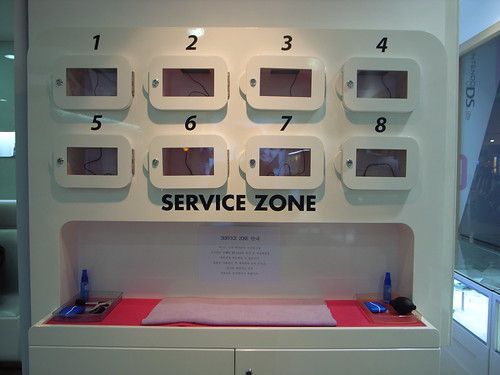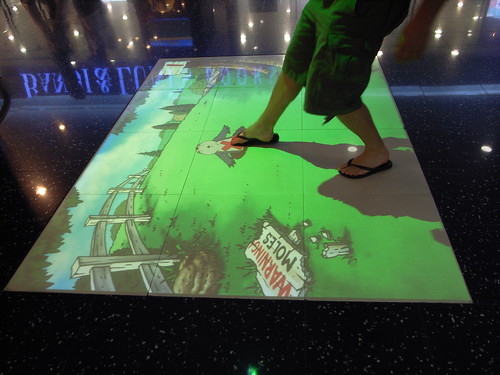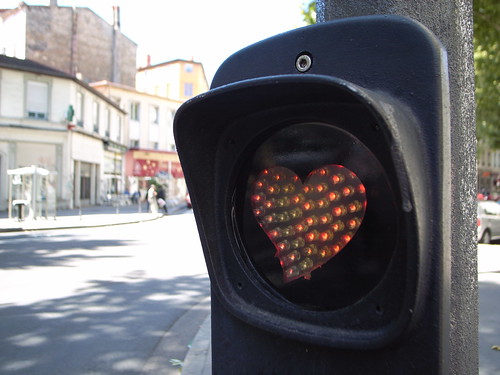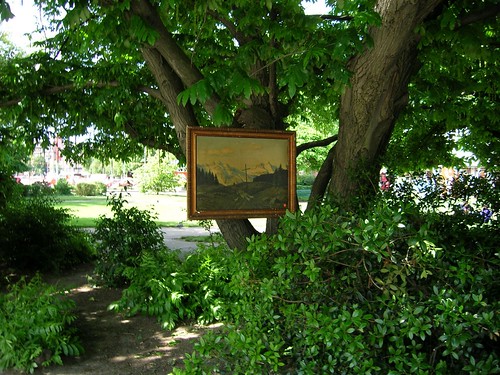De Guzman, E., M. Sharmin, and B.P. Bailey. Should I Call Now? Understanding What Context is Considered When Deciding Whether to Initiate Remote Communication via Mobile Devices. Proceedings of Graphics Interface, 2007.
This paper deals with the problem of disruptive phone calls (to the current task or social situation). The authors propose to provide callers with a an awareness display of the receiver's context (very similar to what Jyri described at Reboot 8.0, which became Jaiku). They report here the results of "a four week diary study of mobile phone usage, where users recorded what context information they considered when making a call, and what information they wished others had considered when receiving a call".
Results shows that the call initiation process would benefit from an awareness display system by giving access to more accurate context information that caller already consider (e.g., task status and physical availability) and encourage callers to consider additional context that they consider less often, but receivers deem important (e.g., social availability).
What is relevant in the paper is the implications for awareness display systems described in the conclusion. Among them, I was very interested by some of them:
"Provide more than location. Though our results show that both callers and receivers consider location, it is considered much less than other categories. For example, if a receiver is engaged in face-to-face conversation, results from our study indicate that it is more important to make the caller aware of the conversation itself than its location. Thus, though awareness displays should display location-based context, they should not rely on this alone. "
This is definitely close to my phd research, given that it highlights the importance of activity against information about location. This lead also to the description of different levels of granularity, which are of considerable importance in terms of user's appropriation of the location information:
"Consider granularity when collecting and presenting receiver context. When describing context information in the diary study, the granularity varied depending on the situation. For example, when inquiring about a receiver’s task status, some callers asked “Is he studying?” while others asked “Is he writing a paper?” In the first case, showing the receiver’s location (e.g., at the library or in a classroom) may be sufficient. However, the second case would require more detail such as what application is active on his desktop. An awareness display should thus be able to present varying levels of detail regarding the receiver’s context.
"
Finaally, that advice is also of importance:
"Empower callers to make inferences based on multiple cues of a receiver’s context. Even as sensing technology becomes more accurate and capable of sensing more behavioral acts, there may always be a large gap between the low-level information that can
be sensed and the high-level task or social situation of a receiver. Based on our results and experience gained from this study, we learned that awareness displays should be designed such that they provide callers with discrete cues of a receiver’s context, rather than trying to compute a single, holistic measure of “availability.”"
Why do I blog this? some good elements in this study that echoes with my phd research, surely to include in current thoughts about future projects on this topic.











 (picture courtesy of
(picture courtesy of